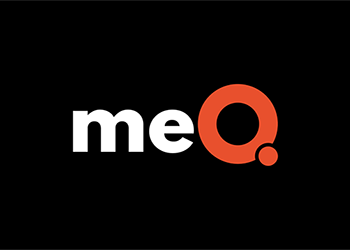In today’s fast-paced world, there’s always something competing for our attention. Right now, for instance, you’re reading this article, but perhaps you’re also scanning your email, fielding a customer call, and scribbling out a grocery list…all while eating lunch at your desk.
When you have more things to do than hours in a day, multitasking may seem like the only way to get it all done—but the research says otherwise. As it turns out, dividing our attention among tasks is not only inefficient, but, according to the American Psychological Association, can cost us up to 40 percent of our productivity time.
Here’s why: When we transition our attention from the thing we’re doing to something else, some attention “remains” on the original task. These lingering thoughts, known as attention residue, use up important cognitive processing power. The more we switch between tasks, the more residue we leave behind—and the more depleted our store of attention becomes.
The result? We’re working harder to accomplish less. “High-quality work is a function of two things: the amount of time you spend on the work and the intensity of your focus during this time,” explains Cal Newport, author of Deep Work: Rules for Focused Success in a Distracted World. “If you increase your focus, you’ll get more done in less time.”
Here are three ways to break free from the myth of multitasking so you can actually get things done:
1. Cultivate Calm
Often, the drive to multitask comes from an emotional state of frenzy: that out-of-control feeling that can take hold when you have too much to do and not enough time to do it. Ironically, studies have shown that multitasking increases our brain’s production of the stress hormone cortisol, which in turn makes us even more anxious.
You can help tame that negative emotional energy by recharging your brain through mindfulness meditation. Brain scans show that meditators are better able to quiet the brain activity that leads our minds to wander, which results in sharper focus and helps stabilize our emotions.
Bonus tip: Not a meditation fan? Put on some of your favorite tunes. A study on the psychology of music found that when study participants chose the music they like to listen to while performing a task, they experienced a positive mood change and sharper focus as compared to the control group.
2. Make a Productivity Plan
Planning what you’ll work on before you get into the focus zone boosts your productivity by lightening your cognitive load. “Decision-making takes energy, and when you can show up and just start working, instead of deciding what you’ll do, you can channel all of your energy on execution,” says Laura Vanderkam, author of Off the Clock: Feel Less Busy While Getting More Done.
Newport recommends working in 50-minute bursts of concentration broken up by 10-minute breaks, but there’s no one-size-fits-all when it comes to blocking out focus time. The best system is one that makes sense for your work situation—that’s the one you’ll stick to.
3. Resist Temptation
Imagine you’re in the zone, totally absorbed by the task at hand…and your phone starts pinging. What happens next? If you’re like most people, there’s a good chance that you immediately drop what you’re doing to respond. The solution to this common problem could not be more simple: Put your phone away.
This may seem obvious, but 70 percent of workers report that they keep their mobile device “within eye contact” while at work. It’s hard to be distracted by Facebook messages if your app isn’t open. It’s hard to answer a phone you don’t know is ringing. Turning off notifications or silencing your device also reduces the ways in which distraction can find you.
These strategies give you the ability to choose where your attention goes—rather than letting it choose for you—so you can spend your time, energy, and attention on what matters most.
Over the last 10 years, Janet Ungless has developed a comprehensive expertise in health and well-being as a writer and editor. With a particular focus on sleep, meditation, and wellness, Janet has worked with a host of digital platforms to help consumers live healthier, happier lives. Find her on Twitter @jungless.
